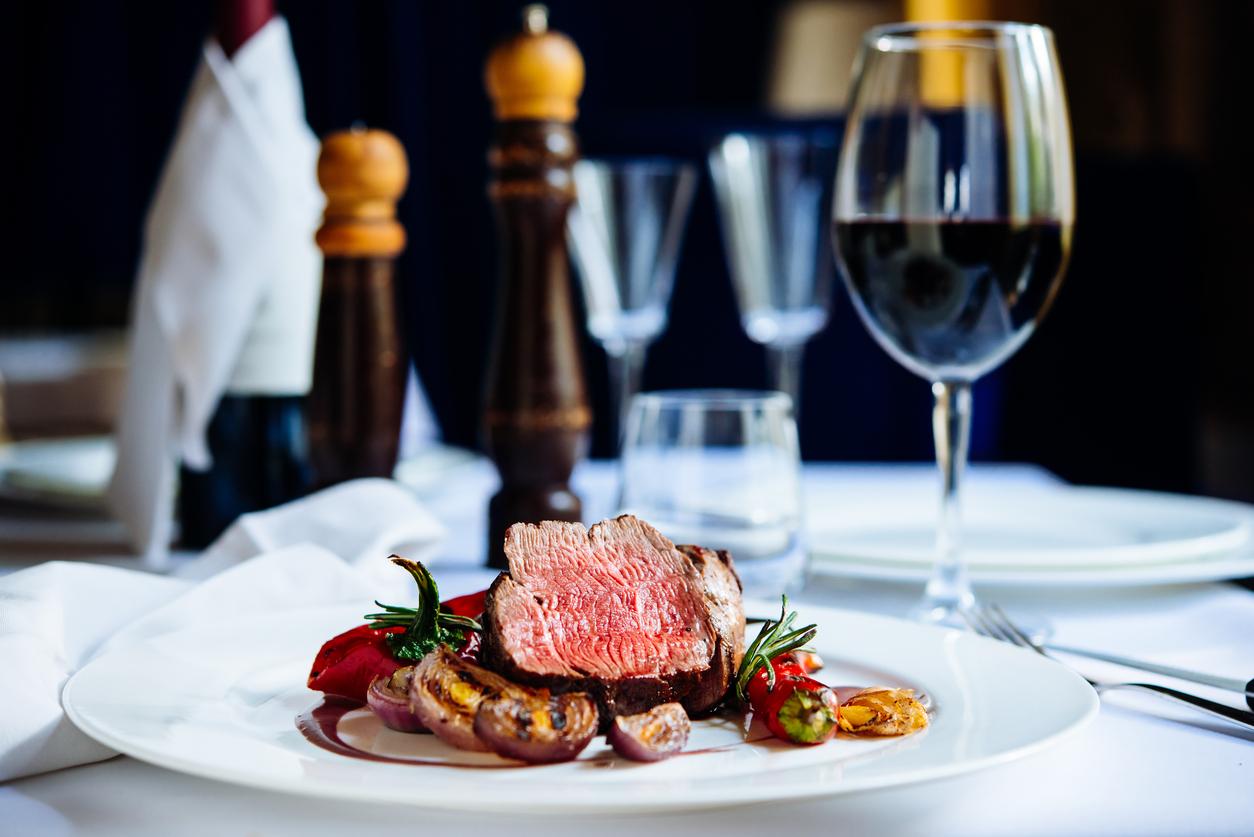The secret tricks restaurants use to stop you staying too long at your table
"Would you like to come to the bar for a free pudding?"

Your support helps us to tell the story
From reproductive rights to climate change to Big Tech, The Independent is on the ground when the story is developing. Whether it's investigating the financials of Elon Musk's pro-Trump PAC or producing our latest documentary, 'The A Word', which shines a light on the American women fighting for reproductive rights, we know how important it is to parse out the facts from the messaging.
At such a critical moment in US history, we need reporters on the ground. Your donation allows us to keep sending journalists to speak to both sides of the story.
The Independent is trusted by Americans across the entire political spectrum. And unlike many other quality news outlets, we choose not to lock Americans out of our reporting and analysis with paywalls. We believe quality journalism should be available to everyone, paid for by those who can afford it.
Your support makes all the difference.Co-ordinating the rotation of diners on a busy evening in a restaurant is no mean feat.
What do you do if a group are lingering over their coffees but you’ve got the next lot of diners already waiting?
How do you chivvy them along without making them feel rushed or unwelcome?
A top restaurateur has just revealed the tricks of the trade and explained how restaurants keep things running smoothly.
Gabe Garza, a partner in multiple Chicago restaurants, explained to the Wall Street Journal that restaurants will have calculated how long you’re going to spend before you’ve even arrived.
A table of four, for example, generally tends to stay fifteen minutes’ longer than a table of two who have ordered the same amount of food and drinks. And restaurants cater for this.
What’s more, with online booking services like OpenTable, restaurants can set how much turnaround time they need to re-set tables in between diners.
Another way restaurants prevent people from loitering too long at the best tables is to serve their food quicker - so not only are you getting the best spot in the house, but you’ll have to wait less time for your meal. It’s a win-win.
Taking your time could pay off though, as Garza revealed that restaurants will sometimes move diners to the bar for a complementary drink or pudding in order to free up their table.
But this is all done in a way that a diner shouldn’t be able to detect: “We really concentrate on being able to control the dining room without the guest feeling it,” Garza explains.
Restaurateurs have discovered that diners are less likely to linger if they’re less comfortable which has resulted in a rise of communal tables and backless bar stools.
The staff will also be assessing you based on the first drink you order - if you get a bottle of wine to start with rather than a round of cocktails, it suggests you won’t be having such a long, drawn-out dinner featuring cocktails and wine.
Another trick is not giving out the pudding menu at the start of the meal, but only if asked afterwards. “You’re not freezing them out, but you are restricting what else they can do,” says Cory Fierro, a waiter at an upmarket steakhouse in Anaheim, California.
Of course, if your diners skip pudding you’re also making less money though.
It may sound like restaurants no longer care about the pleasure of leisurely dining, but if that’s important to you there are ways to fight the system: try eating later on or admitting from the start that you want a long dinner.
Restaurants should understand. “There are diners that enjoy the art of dining,” says Garza, “and we want to give that to them.”
Join our commenting forum
Join thought-provoking conversations, follow other Independent readers and see their replies
Comments